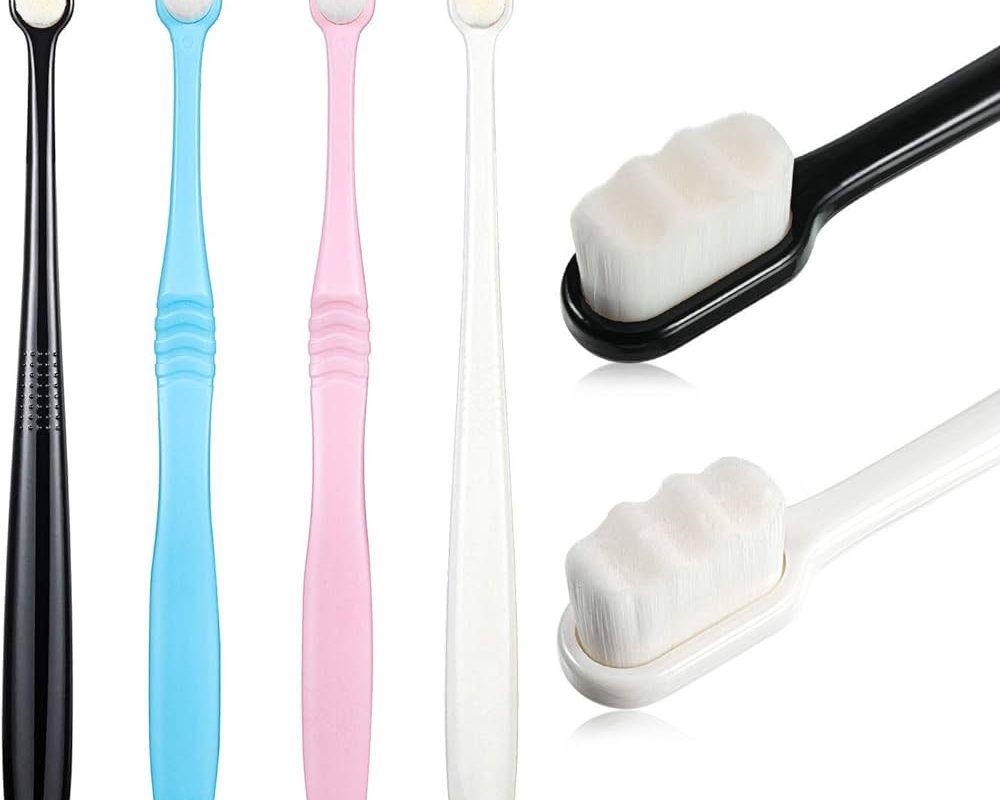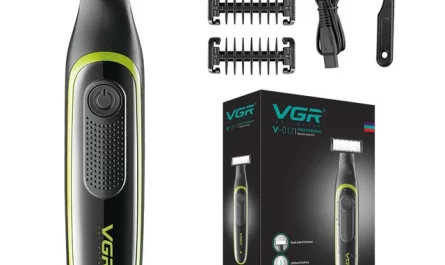Introduction:
A toothbrush is an essential tool for maintaining oral health, but its effectiveness diminishes over time. Knowing how long a toothbrush lasts, the factors that affect its lifespan, and the best practices for maintenance are crucial for ensuring optimal dental hygiene. This comprehensive guide explores the longevity of a toothbrush, signs of wear, and tips for extending its usability.

How Long Does a Toothbrush Last:
What Are the Key Factors That Affect Its Lifespan?
Standard Lifespan:
How Long Does a Toothbrush Typically Last?
Understanding the general recommendations by dental professionals can help you maintain your toothbrush correctly.
General Recommendations:
Typical Usage Duration:
Three to Four Months: Dentists typically recommend replacing a toothbrush every three to four months. This timeframe ensures the bristles remain effective in cleaning teeth and gums.
Factors Affecting Longevity: Several factors can affect a toothbrush’s lifespan, including brushing frequency, technique, and individual oral health conditions.
Visual and Functional Signs:
Indicators of Wear:
Frayed Bristles: When bristles become frayed, splayed, or discolored, it is a clear sign that the toothbrush has lost its effectiveness and needs replacement.
Reduced Cleaning Efficiency: Over time, bristles lose their rigidity, reducing the toothbrush’s effectiveness in removing plaque and debris from teeth and gums.
 Influencing Factors:
Influencing Factors:
What Variables Can Shorten or Extend a Toothbrush’s Lifespan?
Certain habits and conditions can influence how long a toothbrush remains effective, prompting earlier or delayed replacement.
Brushing Habits:
Technique and Pressure:
Proper Technique: Using a gentle, circular motion while brushing can help maintain the integrity of the bristles for a longer period. Aggressive brushing wears out bristles faster.
Excessive Pressure: Applying too much pressure while brushing can cause bristles to bend and fray prematurely, reducing the toothbrush’s effectiveness.
Frequency of Use:
Daily Usage:
Two to Three Times Daily: Brushing two to three times daily is standard for maintaining good oral hygiene. However, this frequency requires more regular replacement of the toothbrush to keep it effective.
Brushing Time: Brushing for the recommended two minutes helps ensure thorough cleaning without overusing the toothbrush in each session.
Oral Health Conditions:
Impact of Dental Issues:
Gum Disease and Decay: Individuals with gum disease or tooth decay may need to replace their toothbrush more frequently. The increased bacterial load necessitates a more sanitary brushing tool.
Orthodontic Appliances: Those with braces or other orthodontic appliances may experience quicker wear and tear on their toothbrush due to the additional friction when brushing around the devices.
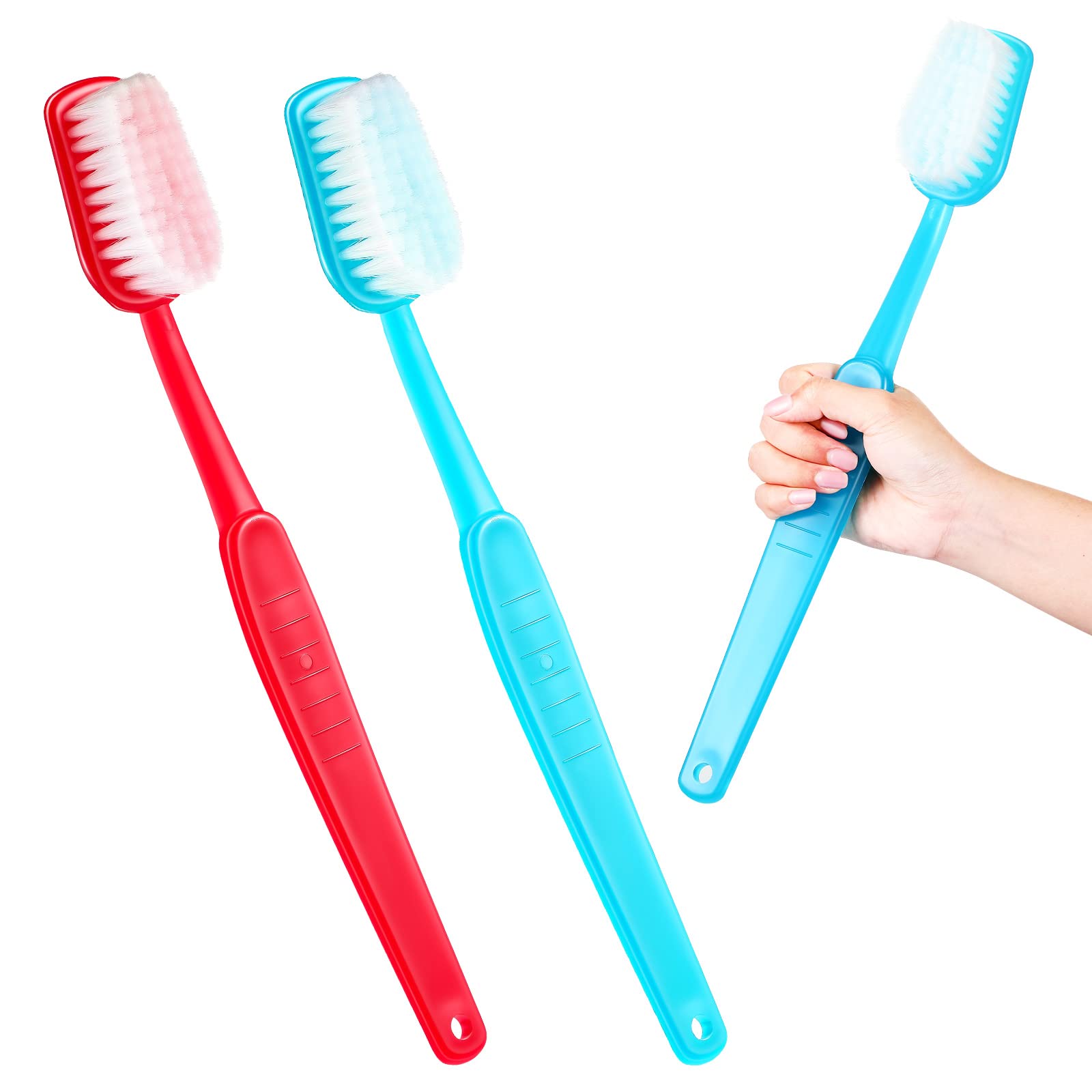 Type of Toothbrush:
Type of Toothbrush:
Manual vs. Electric:
Manual Toothbrushes: Manual toothbrushes typically need replacement every three to four months, following standard guidelines. However, the wear largely depends on brushing habits and usage frequency.
Electric Toothbrush Heads: Electric toothbrush heads also require replacement every three to four months. Some models have indicator bristles that fade in color to signify the need for a new head.
Maintenance and Care:
How Can You Extend the Lifespan of Your Toothbrush?
Proper maintenance and care can help maximize a toothbrush’s effectiveness, ensuring it lasts as long as possible.
Cleaning and Storage:
Hygienic Practices:
Rinsing Thoroughly: Rinse the toothbrush thoroughly with tap water after each use to remove toothpaste and debris. This step prevents the buildup of harmful bacteria on the bristles.
Air Drying: Store the toothbrush in an upright position and allow it to air dry completely between uses. Avoid covering it or storing it in a closed container, as a damp environment promotes bacterial growth.
Avoid Sharing:
Personal Use Only:
Individual Hygiene: Never share a toothbrush with others, even family members. Sharing can transfer bacteria and increase the risk of infections.
Dedicated Brush Holders: Use dedicated brush holders or compartments to keep each toothbrush separate and prevent cross-contamination.
Sanitizing:
Additional Cleaning Steps:
Antibacterial Rinse: Occasionally soak the toothbrush in an antibacterial mouthwash to reduce bacterial buildup. Avoid using harsh chemicals like bleach, which can damage the bristles.
UV Sanitizers: Consider using a UV sanitizer specifically designed for toothbrushes. These devices use ultraviolet light to kill bacteria and viruses, maintaining a higher level of cleanliness.
Environmental Considerations:
How Does Toothbrush Disposal Impact the Environment?
The environmental impact of discarded toothbrushes is significant, requiring thoughtful disposal and alternative choices.
Plastic Waste:
Environmental Burden:
Non-Biodegradable: Most traditional toothbrushes are made from non-biodegradable plastics, contributing to landfill waste and environmental pollution.
Annual Waste: With regular replacement, an individual might dispose of several toothbrushes annually, leading to millions of discarded toothbrushes globally each year.
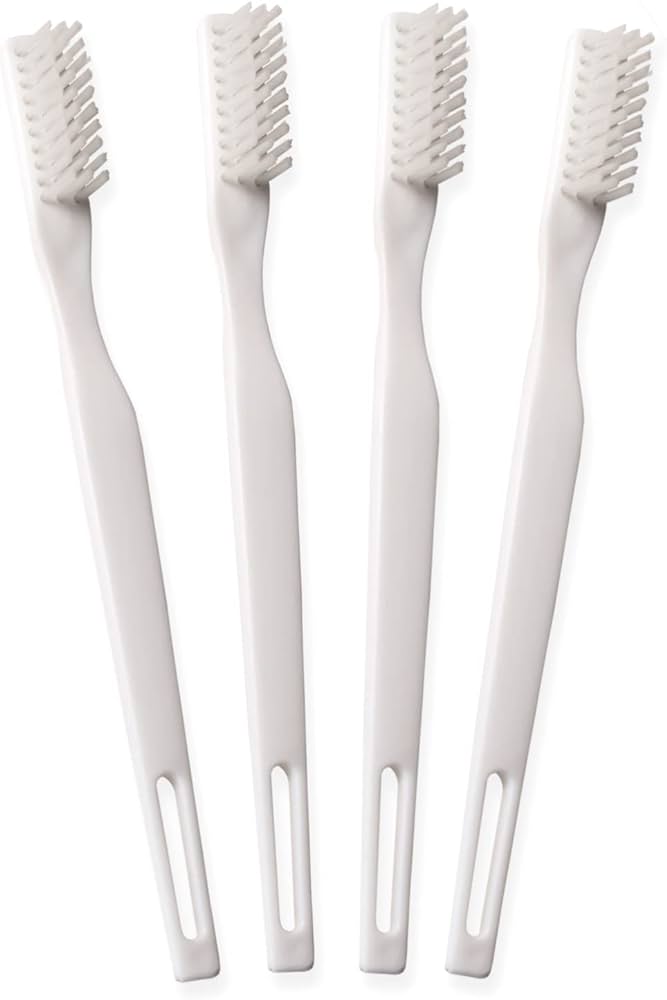 Eco-Friendly Alternatives:
Eco-Friendly Alternatives:
Sustainable Choices:
Biodegradable Materials: Opt for toothbrushes made from biodegradable materials such as bamboo handles and recyclable bristles. These options reduce the environmental footprint.
Recyclable Toothbrush Heads: Some brands offer toothbrushes with replaceable heads, reducing waste by only discarding the worn-out head rather than the entire brush.
Special Considerations:
When Should You Replace Your Toothbrush Earlier Than Usual?
Certain situations may require more frequent replacement of your toothbrush to ensure optimal oral hygiene.
After Illness:
Preventing Re-Infection:
Post-Illness Replacement: Replace your toothbrush after recovering from an illness like a cold, flu, or any infection. This prevents re-infection from lingering bacteria and viruses on the bristles.
Shared Bathroom Environments: In shared bathroom environments, more frequent replacement can help minimize the risk of cross-contamination from communal surfaces.
Visible Wear and Tear:
Recognizing Damage:
Bristle Condition: Replace the toothbrush if you notice bent, frayed, or discolored bristles regardless of the three-month guideline. Damaged bristles reduce cleaning efficiency and can harm gums.
Handle Integrity: A cracked or broken handle weakens the toothbrush’s effectiveness and can harbor bacteria. Replace the toothbrush if any structural damage is evident.
Professional Advice:
What Do Dentists Recommend for Toothbrush Maintenance and Replacement?
Following professional advice ensures you adhere to best practices for oral hygiene and toothbrush care.
Routine Checkups:
Professional Guidance:
Dental Visits: Regular dental checkups provide an opportunity to ask your dentist about toothbrush care and replacement. Dentists can offer personalized advice based on your oral health needs.
Customized Recommendations: Your dentist may recommend a specific type of toothbrush (manual or electric) or bristle stiffness (soft, medium, or hard) suited to your dental condition.
Complementary Tools:
Additional Hygiene Aids:
Interdental Brushes: Use interdental brushes or floss to clean between teeth, complementing the toothbrush’s role in oral hygiene. These tools help remove plaque from hard-to-reach areas.
Mouthwash: Incorporate an antibacterial mouthwash into your routine to reduce bacterial load and enhance overall oral hygiene. Mouthwash can reach areas the toothbrush may miss.
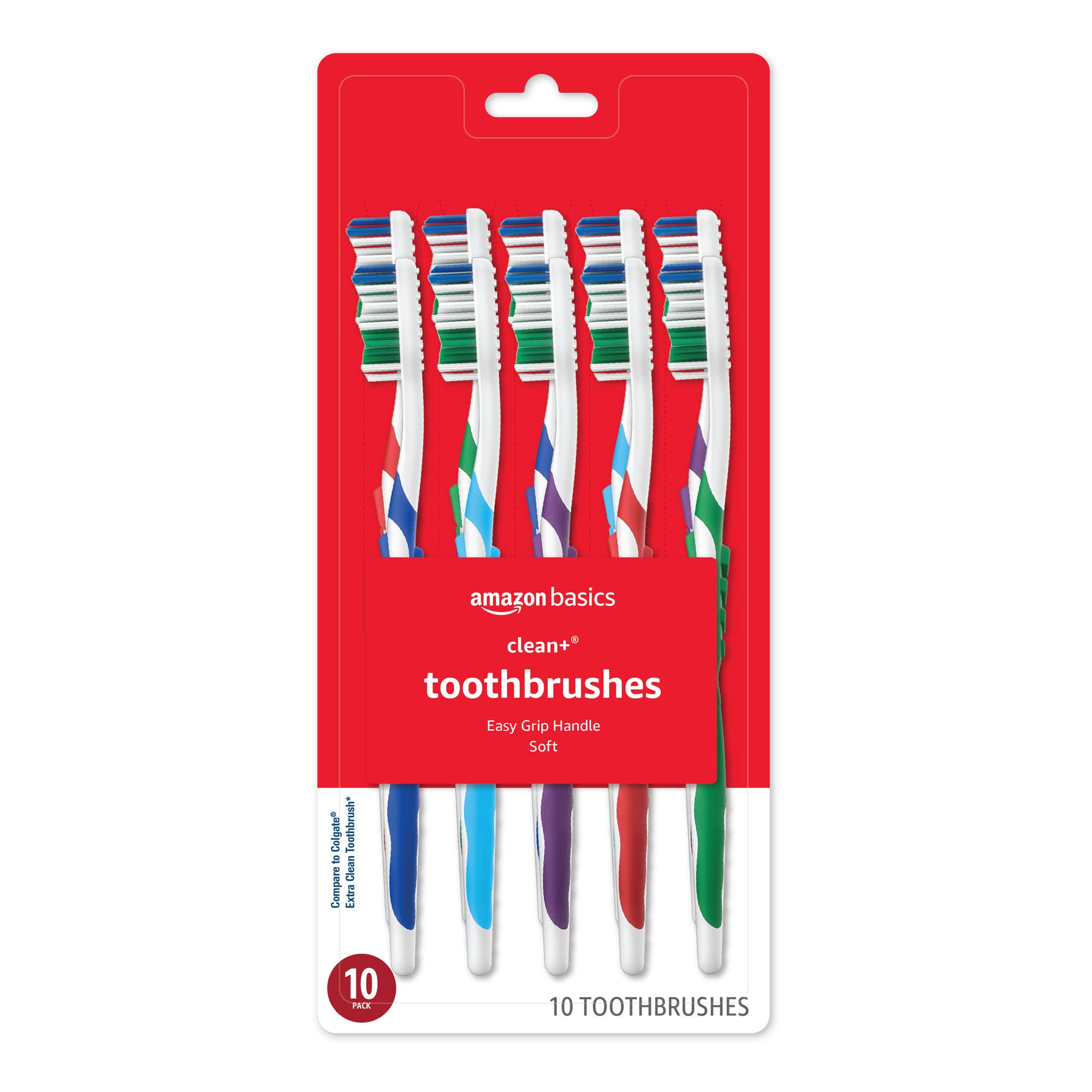 Toothbrush Brands:
Toothbrush Brands:
Which Brands Offer Reliable and Durable Toothbrushes?
Several reputable brands provide high-quality toothbrushes known for their durability and effectiveness.
Oral-B:
Popular and Reliable:
Manual Toothbrushes: Oral-B’s manual toothbrushes are widely available and trusted for their quality and effectiveness. The brand offers various styles for different dental needs.
Electric Toothbrushes: Oral-B electric toothbrushes are highly recommended for their advanced technology and efficient cleaning performance. Replaceable heads and multiple cleaning modes add to their appeal.
Colgate:
Versatile Options:
Manual Brushes: Colgate offers a wide range of manual toothbrushes designed for specific oral care needs, including sensitivity, gum health, and plaque removal.
Electric Models: Colgate’s electric toothbrushes provide innovative features such as smart sensors and personalized brushing guidance, enhancing the brushing experience.
Philips Sonicare:
Advanced Technology:
Innovative Designs: Philips Sonicare is known for its advanced sonic technology in electric toothbrushes, offering deep cleaning and improved oral hygiene. The brush heads are designed to reach deep between teeth and along the gumline.
Smart Features: Sonicare models often include smart features like app connectivity, brushing feedback, and personalized coaching, contributing to superior dental care.
Eco-Friendly Brands:
Sustainable Options:
Bamboo Toothbrushes: Brands like Humble Brush and Brush with Bamboo provide eco-friendly toothbrushes with biodegradable bamboo handles and recyclable bristles, reducing environmental impact.
Recyclable Options: Companies like Preserve use recycled plastic to create toothbrushes, offering a sustainable choice for eco-conscious consumers.
Maintenance Tips:
How Can You Maintain Your Toothbrush to Ensure Optimal Performance?
Proper maintenance can significantly extend the life and effectiveness of your toothbrush.
Regular Cleaning:
Daily Care:
Rinse Thoroughly: Always rinse your toothbrush thoroughly after use to remove any remaining toothpaste and debris.
Avoid Contaminants: Keep your toothbrush away from potential contaminants like toilet spray by closing the lid before flushing and storing it in a clean, dry place.
Periodic Sanitizing:
Disinfecting Tips:
Antibacterial Mouthwash: Soak the toothbrush head in antibacterial mouthwash for a few minutes to disinfect it. Rinse thoroughly before the next use.
Boiling Water: Dip the toothbrush head in boiling water for a few seconds to kill bacteria. Ensure it is thoroughly dried before using it again.
Proper Storage:
Air Circulation:
Upright Position: Store the toothbrush in an upright position in a holder that allows air circulation. This helps it dry quickly, reducing bacterial growth.
Separate Storage: If multiple toothbrushes are stored together, ensure they do not touch each other to prevent cross-contamination.
Conclusion
Toothbrushes typically last three to four months, with their lifespan affected by brushing habits, frequency of use, oral health conditions, and the type of toothbrush. Proper maintenance, storage, and timely replacement are essential for optimal oral hygiene. Factors such as brushing technique, pressure, and post-illness replacement are crucial for maximizing a toothbrush’s effectiveness. Considering eco-friendly options and adhering to dentist recommendations further enhance dental care practices. By understanding these variables, maintaining and selecting quality brushes, and following professional advice, you ensure the longevity and efficacy of your toothbrush, promoting better oral health and hygiene.

